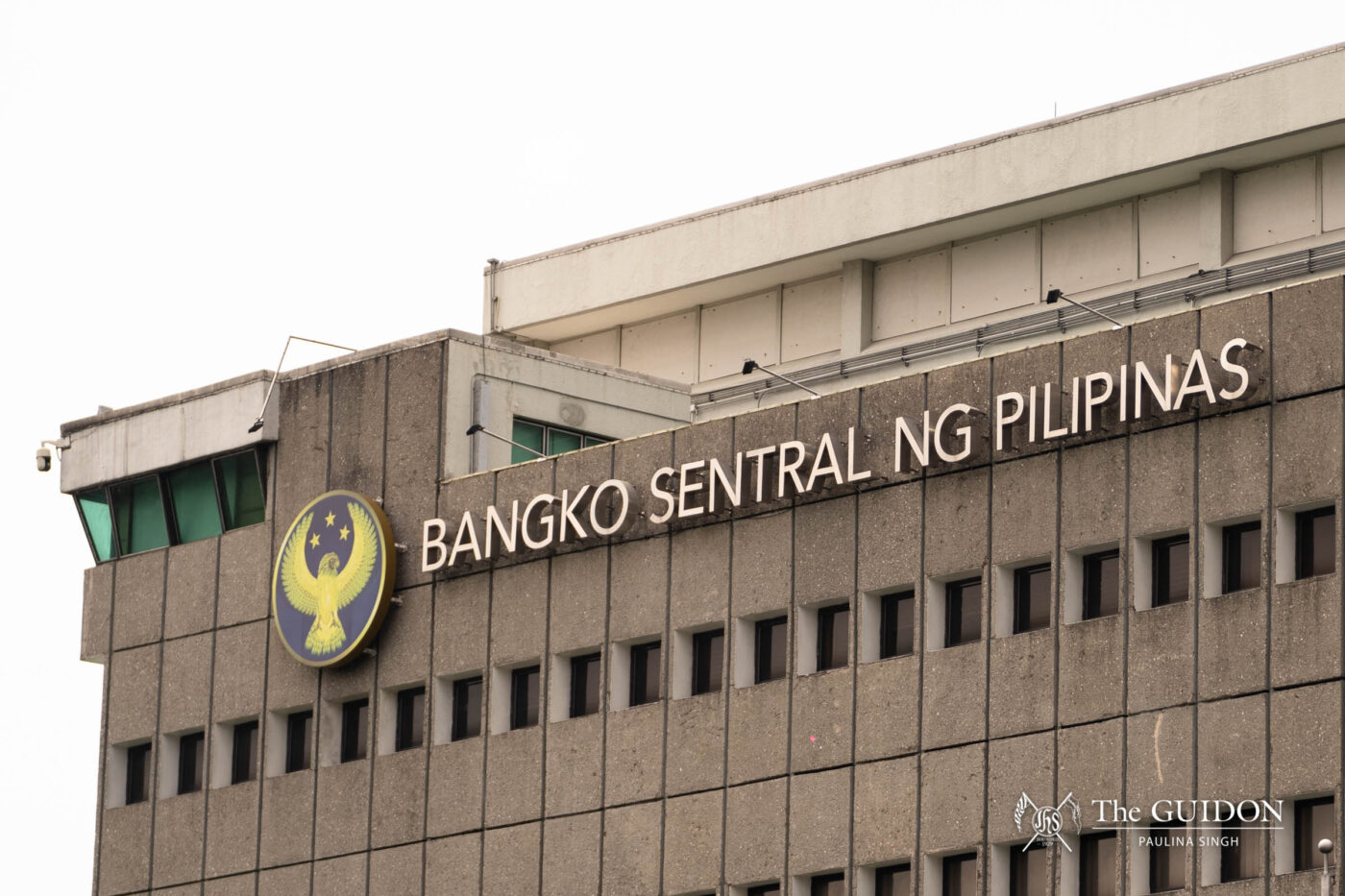PRESIDENT FERDINAND “Bongbong” Marcos, Jr.’s and his economic team’s latest major proposal, the Maharlika Investment Fund (MIF), has raised more questions about the administration’s economic plans. Proposed as a sovereign wealth fund (SWF), the MIF is intended as a vehicle for government investments to bolster growth. However, concerns about the fund’s management are plenty, and its proponents’ economic case has been heavily scrutinized.
Understanding SWFs
SWFs are government-owned investment funds that consist of money generated by the government. These funds are often financed by two major resources: commodities exports—such as oil and gas—and non-commodities—such as foreign exchange reserves, government budget surpluses, and privatization revenue. Unlike a central bank that manages the value of a country’s currency, stimulates the economy, and prevents inflation, a sovereign wealth fund focuses simply on earning a high return. This implies high-risk investments.
Singapore has the largest and most established SWFs in the Southeast Asian region—Temasek Holdings and the Government of Singapore Investment Corporation (GIC).
Temasek was set up to manage the Singapore government’s investments in crucial local firms and to branch out into international markets. The fund is financed using cash distributions from its portfolio companies, other investments, and debt financing sources. Distinct from Temasek, the GIC was set up to source its funds from the government’s budget surplus and use these funds to invest overseas, generate profit, and increase foreign reserves.
Unlike the GIC, the Philippines lacks a current account surplus with which to fund its MIF. Additionally, the MIF is not set up like Temasek to be financed by investments in private companies, nor does it replicate the Norway and Timor-Leste model that finances SFWs with revenues from natural resource windfalls.
Maharlika at the macro
Currently, the source of funding for the proposed MIF are equity contributions from the Land Bank of the Philippines, Development Bank of the Philippines, and national government appropriations. Recent redesigns to the MIF bill changed the source of funding, from government-owned and -controlled corporations to government financial institutions.
However, as Ateneo School of Government Dean Philip Tuaño pointed out, the objectives of the MIF may conflict with the interests of these financial institutions which need to be more strategic with managing risk.
In spite of myriad concerns, the MIF bill was swiftly approved in the lower house. Marcos Jr. has already paraded the MIF in the World Economic Forum, claiming that it was designed optimally for the Philippines.
However, macroeconomic conditions and the nation’s finances indicate otherwise. Economists and research institutions, among others, have stressed that the choice of sourcing the MIF’s funds from government banks and the Bangko Sentral ng Pilipinas’ (BSP) dividends comes as precarious given pandemic-induced volatilities.
For one, the government continues to run a large budget deficit to finance pandemic recovery. Adding pressure are struggles with a weak currency and high inflation. Repaying loans denominated in dollars, for instance, has become more costly.
Furthermore, the public is increasingly in need of relief from rising prices. An SWF that requires the government to make longer-term and more risky investments may take away resources from more immediate priorities.
Corruption complications
Political issues plaguing the MIF further contribute to the uncertainty regarding its timing and appropriateness. Historically, cases in other countries have led to concerns over the potential for SWFs in general to be used as vehicles of corruption.
In Malaysia’s case, the country’s 1Malaysia Development Berhad (1MDB) SWF was set up to promote economic development. However, an investigation found that $4.5 billion was diverted to offshore bank accounts and shell companies linked to the person who helped set up the fund.
Additionally, the country’s former prime minister Najib Razak was sentenced to prison for criminal breach of trust, abuse of power, and money laundering in relation to 1MDB.
Given that the Philippines currently ranks 117th out of 180 countries in the most recent Corruption Perceptions Index, doubts persist over the potential for similar mismanagement of a SWF.
Deakin University Research Fellow Jayson Lamchek, PhD studied SWFs in countries neighboring the Philippines and found that accountability mechanisms are key to effective SWFs.
Lamchek highlighted that direct benefits to the public, a provision currently missing from the MIF, is imperative. The Alaska Permanent Fund, for example, guarantees dividends to the public. Direct benefits would promote public engagement—an added layer of checks and balances for the fund.
The absence of such a provision in the MIF highlights the major design flaws of the MIF. It represents uncertainty around the fund’s management and susceptibility to elite interests. Even if political independence were assured, the economic merits of the MIF requires further consideration and review of its management’s makeup for the public to accept such a policy.




